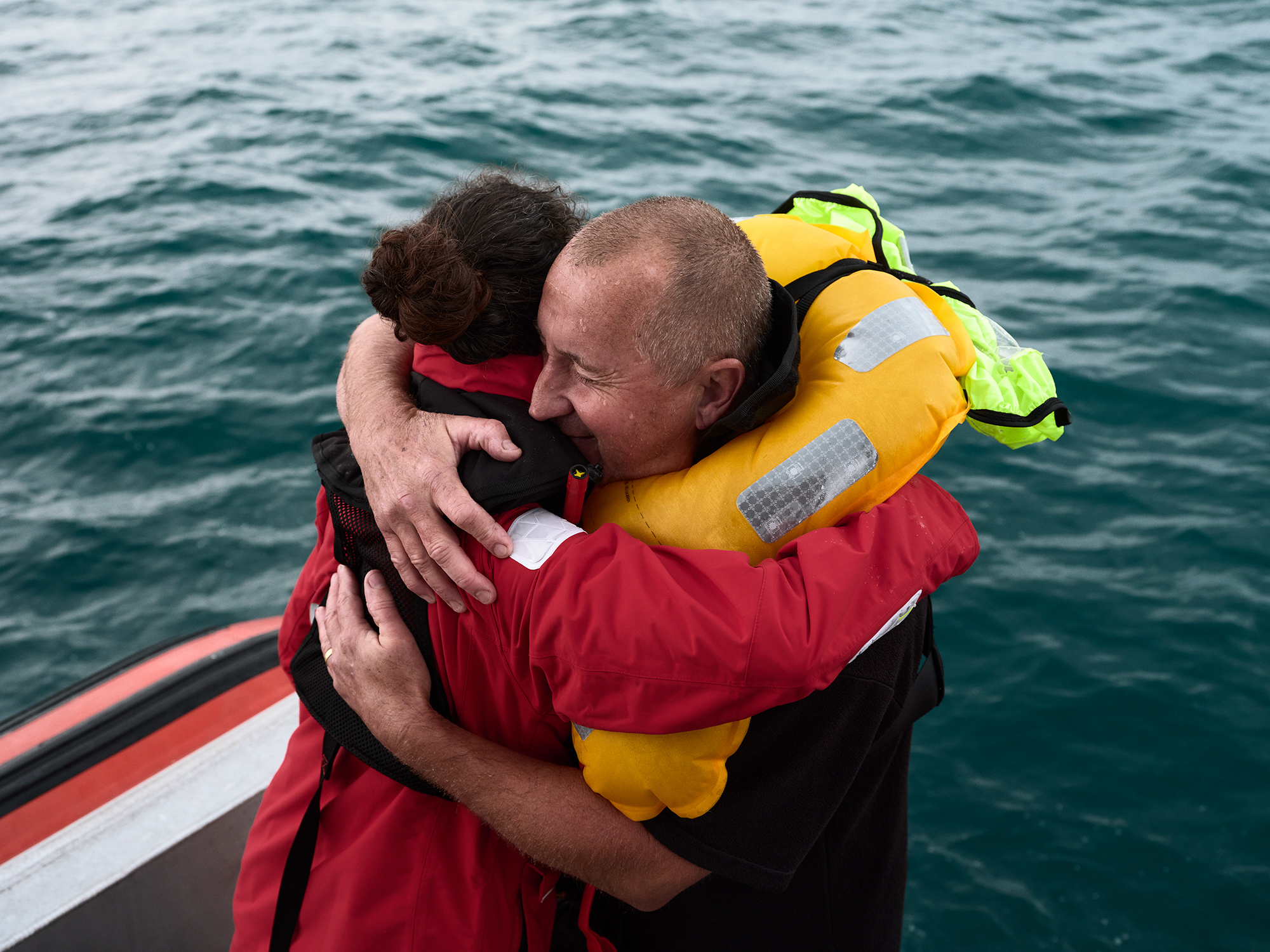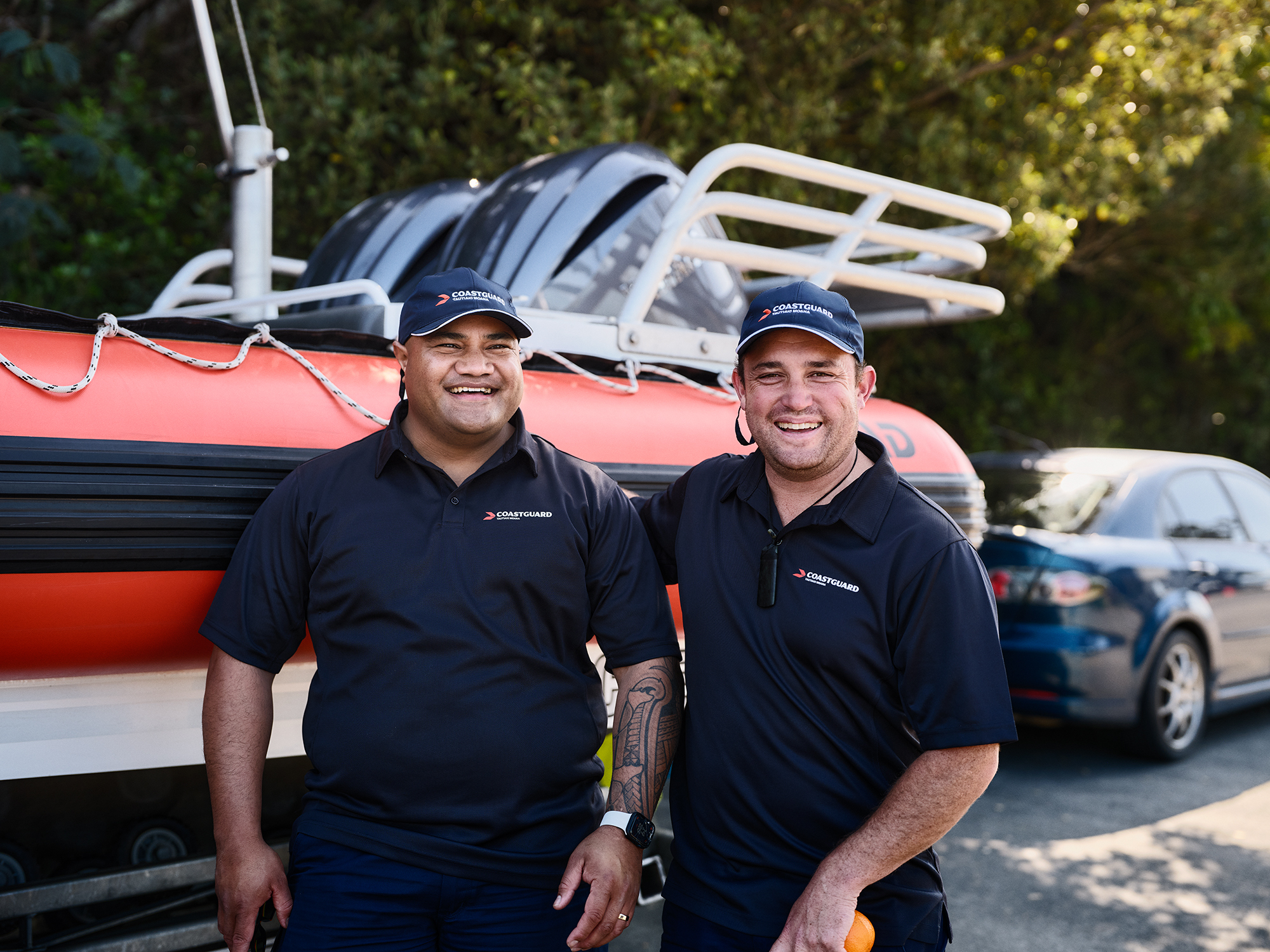Coastguard Kaipara is excited to announce the trial of a ground-breaking addition to its rescue fleet, the Gibbs Quadski, thanks to Gibbs Farm. With its unique capability and versatility, the Quadski is poised to significantly enhance Coastguard's operations on the Kaipara Harbour, ensuring more efficient and effective responses to emergencies.
Kaipara Harbour's challenging characteristics, including tidal fluctuations, extensive sandbanks, and narrow, shallow channels, pose significant operational challenges. Despite the unit's well-equipped 8.5m rescue vessel, it has limitations in accessing various areas of the harbour during mid to low tides.
The Quadski's distinctive features are tailor-made for the Kaipara, offering several key benefits that could revolutionise Coastguard's rescue efforts:
Adaptable to the Environment: The Quadski can effortlessly traverse both shallow waters and dry sandbanks without putting the primary rescue vessel at risk of stranding. This capability is essential for ensuring Coastguard's ability to assist those in need without delay.
Rapid Response: The Quadski allows for fast launching, ensuring a rapid response to emergencies at any tide and from multiple boat ramps. Currently, Coastguard can be impacted by tides, other boat ramp activities, and waiting for a full crew to assemble, but the Quadski's agility will change that.
First Response Unit: With the Quadski, Coastguard gains a new opportunity to deploy a single crew member for immediate response and assessment while the rest of the team is assembled, and the primary rescue vessel is launched.
The Gibbs Quadski, an amphibious quad bike/ATV, is a remarkable innovation that converts into a personal watercraft. It boasts a top speed of 72km/h on both land and water, features a proprietary marine jet propulsion system, and can transition between land and water in about five seconds. Developed and manufactured by a Detroit-based team, the Quadski shares features with the Gibbs Aquada and uses a marinised version of BMW Motorrad's 1.3-litre engine.
A recent incident in the Kaipara Harbour underscores the critical need for the Quadski's capabilities. In this situation, a jetski with a flat battery was stranded northwest of the Concrete Marker in challenging conditions: an outgoing tide, strong southwest wind, and just one hour until dusk. The jetski operator had limited communication options and didn’t have sufficient clothing.
Various options were considered to rescue the stranded individual, including waiting for the wind to push the jetski, attempting to float a line, and calling for a rescue helicopter. However, volunteers eventually managed to pull the jetski to safety, but it was clear that the Quadski's capabilities could have made a significant difference in this scenario.
The trial will be conducted until around May 2024, encompassing both winter and summer conditions, to thoroughly evaluate the Quadski's performance and potential in a range of scenarios.
ENDS


